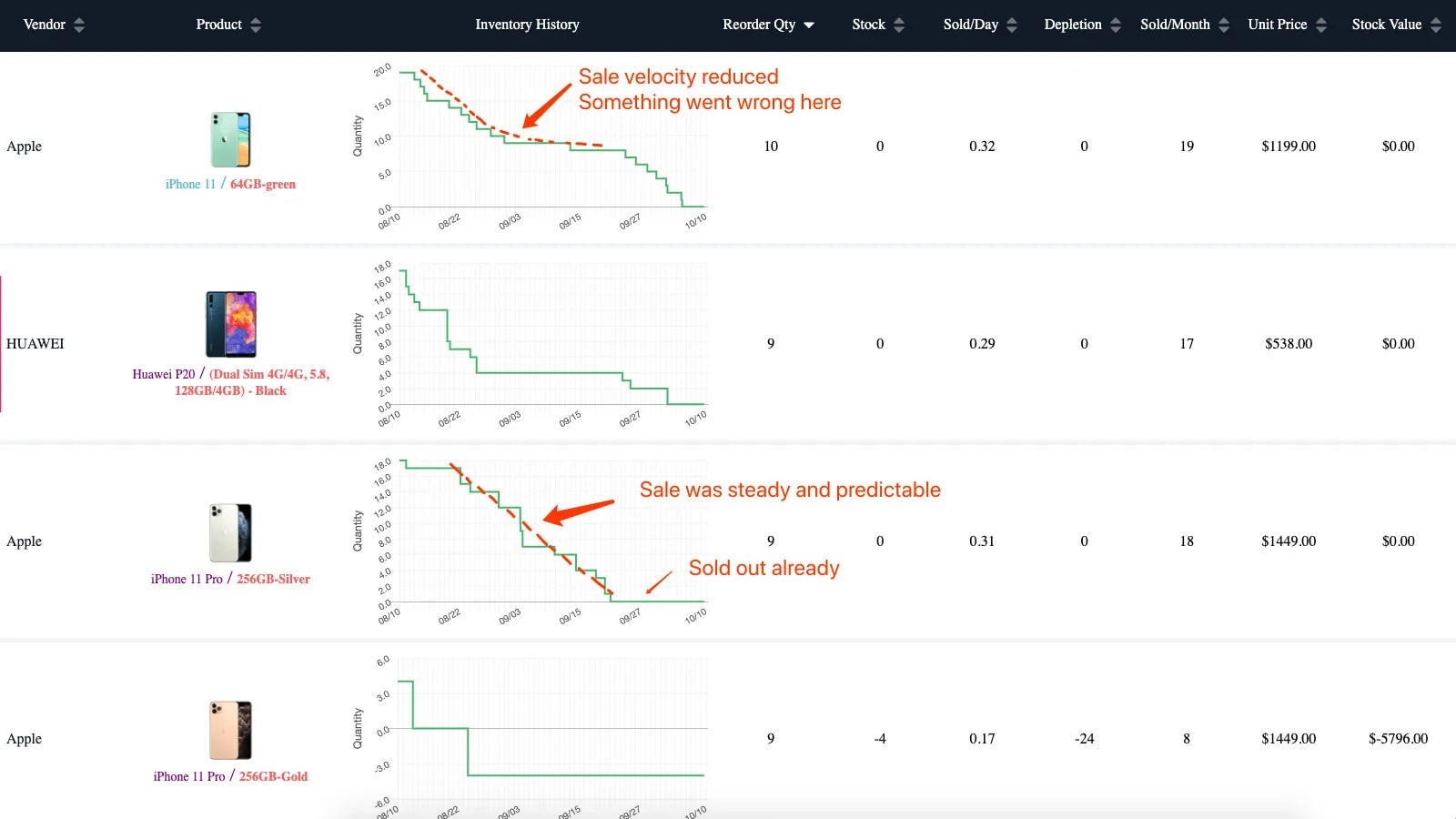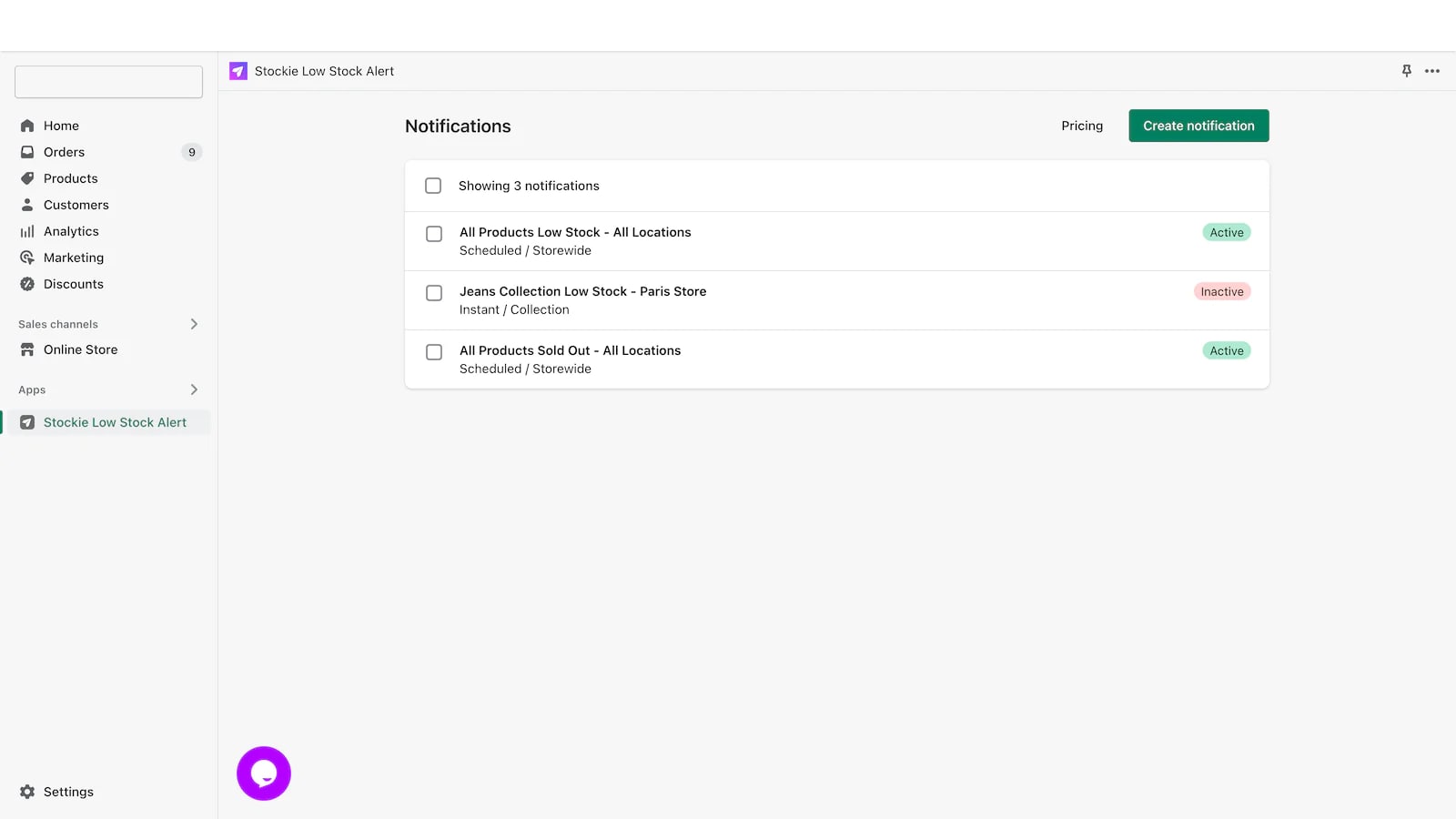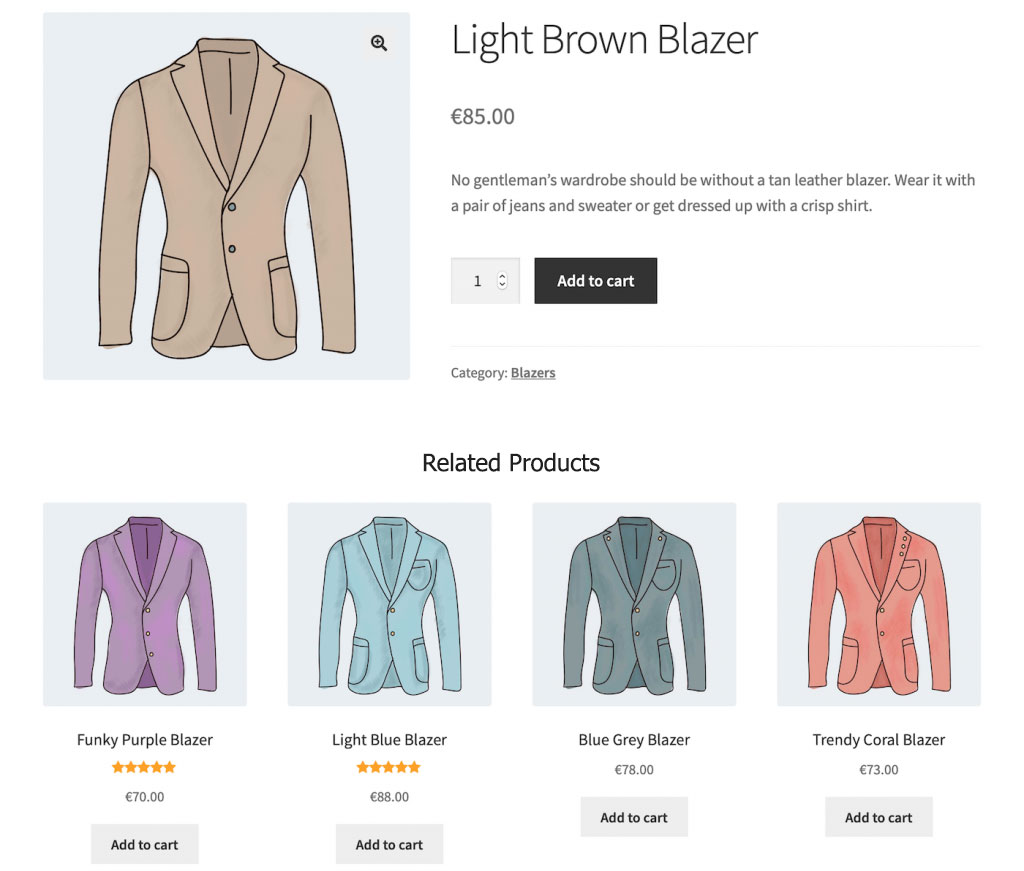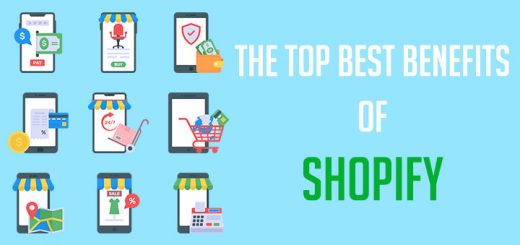7 Essential Tips for Handling Sold & Out-of-Stock Products on Shopify
Managing sold-out and out-of-stock products is a crucial aspect of running a successful e-commerce store on Shopify. Failing to handle these situations effectively can lead to dissatisfied customers, missed sales opportunities, and a negative impact on your business reputation. In this article, we will discuss 7 essential tips to help you navigate and optimize the management of sold and out-of-stock products on Shopify. By implementing these strategies, you can maintain customer satisfaction, minimize revenue loss, and ensure a positive shopping experience for your customers.
Here are 7 tips for handling sold & out-of-stock products on Shopify:
1. Accurate Inventory Tracking
The bedrock of proficiently handling sold and out-of-stock products hinges upon meticulous inventory tracking. It is imperative to seamlessly integrate a robust inventory tracking system into your Shopify platform, fostering continuous updates of stock levels. By adhering to this best practice, you establish a steadfast grip on your available inventory, shielding against the pitfalls of overselling or, worse, disheartening customers due to flawed stock information. With real-time visibility into your inventory status, you can confidently make informed decisions, ensuring a harmonious balance between product availability and customer expectations. Remember, accurate inventory tracking not only safeguards your reputation but also cultivates customer loyalty, cementing your position as a reliable and trusted online retailer.

Read more: The Best Shopify Apps For Inventory Management
2. Set up Stock Notifications
Harness the power of stock notifications to create a seamless connection with your customers. Empower them to subscribe and receive timely updates when a previously sold-out product is replenished, ensuring they never miss an opportunity to make a purchase. This invaluable feature not only enables you to capture potential sales but also demonstrates your commitment to customer satisfaction, as they remain informed throughout their shopping journey. Elevate the shopping experience by customizing these notifications, infusing them with your brand’s distinctive tone and personality. By curating personalized and engaging messages, you forge a deeper bond with your audience, amplifying brand loyalty and fostering a positive perception of your business. Leave no stone unturned in providing exceptional service, utilizing stock notifications as a strategic tool to drive sales and nurture enduring customer relationships.

Read more: 7 Best Shopify Low Stock Alert Apps
3. Offer Pre-Order or Backorder Options
When confronted with temporary product unavailability, embrace the power of pre-order and backorder options. Empower your customers to secure their desired items in advance, ensuring they are notified promptly upon restocking. By seamlessly integrating these options into your e-commerce experience, you foster a sense of exclusivity and anticipation, while simultaneously mitigating order cancellations and dissatisfied customers. Maintain transparency and manage expectations by clearly communicating estimated delivery timeframes. This open and proactive approach allows customers to make informed decisions, aligning their expectations with reality. By offering pre-order and backorder options, you not only fortify your sales pipeline but also establish your brand as a trusted purveyor of coveted products, further enhancing customer loyalty. Embrace these forward-thinking solutions to create a seamless customer journey, optimizing sales potential and delighting your discerning clientele.

Read more: 16+ Best Free and Premium Pre-order Apps for Shopify
4. Showcase Related Products
Amidst the temporary unavailability of a specific product, seize the moment to captivate customers by showcasing an array of related or alternative offerings. Elevate the shopping experience on your Shopify store by implementing captivating features such as “You may also like” or “Similar products” sections on product pages. These intelligently crafted showcases provide a personalized browsing experience, enticing customers to explore complementary options and make informed purchasing decisions. By leveraging this strategic approach, you not only maximize sales potential but also alleviate the disappointment of customers leaving your store empty-handed. Embrace the art of suggestive selling, guiding customers towards enticing alternatives that align with their preferences and needs. Through seamless product curation, you create a captivating shopping journey that showcases the breadth of your inventory, leaving customers enthralled and fostering a sense of discovery and satisfaction.

Read more: 25+ Best Related and Recommended Products Apps for Your Shopify Store
5. Leverage Social Proof
Even in the face of temporary unavailability, the art of driving sales through social proof remains within your grasp. Propel your e-commerce success by prominently displaying compelling customer reviews, testimonials, and ratings on the product page, illuminating the product’s allure and desirability. By showcasing the voices of satisfied customers, you instill a sense of trust and credibility, enticing potential buyers to join the ranks of those who have already experienced the product’s excellence. Leveraging social validation not only creates a sense of urgency but also instills confidence in prospective customers, increasing the likelihood of future purchases once the item is back in stock. Utilize the influence of social proof to orchestrate an irresistible narrative of customer satisfaction, solidifying your brand’s reputation as a purveyor of exceptional products that leave a lasting impression.

6. Implement Waitlists
Propel your Shopify store to new heights by implementing a refined waitlist feature designed to captivate customer interest for coveted sold-out products. Empower your esteemed clientele to join an exclusive waitlist, where they eagerly anticipate notifications once the product is replenished. This astute strategy not only serves as a barometer for demand but also allows you to prioritize restocking efforts, ensuring customer satisfaction is at the forefront of your business endeavors. Leveraging the power of the waitlist, you unlock potential opportunities to upsell or cross-sell related items to those eagerly awaiting restocking. Seamlessly intertwining these tantalizing options, you curate a personalized shopping experience that not only fulfills customer desires but also fortifies your revenue stream. Embrace the allure of the waitlist, harnessing its potential to foster anticipation, seize sales opportunities, and cultivate an unbreakable bond with your discerning customer base.
7. Communicate Transparently
When confronted with product unavailability, channel your professionalism by proactively engaging with your customers. Effortlessly instill trust by updating the product page with concise and unambiguous messaging that conveys the item’s current unavailability. Wherever feasible, include an estimated restock date, enabling customers to anticipate its return. Exhibiting your commitment to their satisfaction, extend a helping hand by offering viable alternatives or tailored suggestions that meet their unique requirements. The essence of exceptional customer service lies in timely and transparent communication, showcasing your unwavering dedication to fostering trust. By taking charge of these situations with grace and professionalism, you cultivate a loyal customer base that not only appreciates your authenticity but also admires your unwavering commitment to their needs. Embrace the power of open dialogue, forging enduring relationships founded on trust, satisfaction, and unwavering customer loyalty.
Conclusion
Effectively managing sold and out-of-stock products on Shopify is crucial for maintaining customer satisfaction, maximizing sales opportunities, and protecting your brand reputation. By following these seven essential tips, you can navigate these situations with confidence, provide excellent customer experiences, and optimize your e-commerce operations on Shopify. Remember, accurate inventory tracking, proactive communication, and leveraging alternative options are key to success in handling sold and out-of-stock products.








